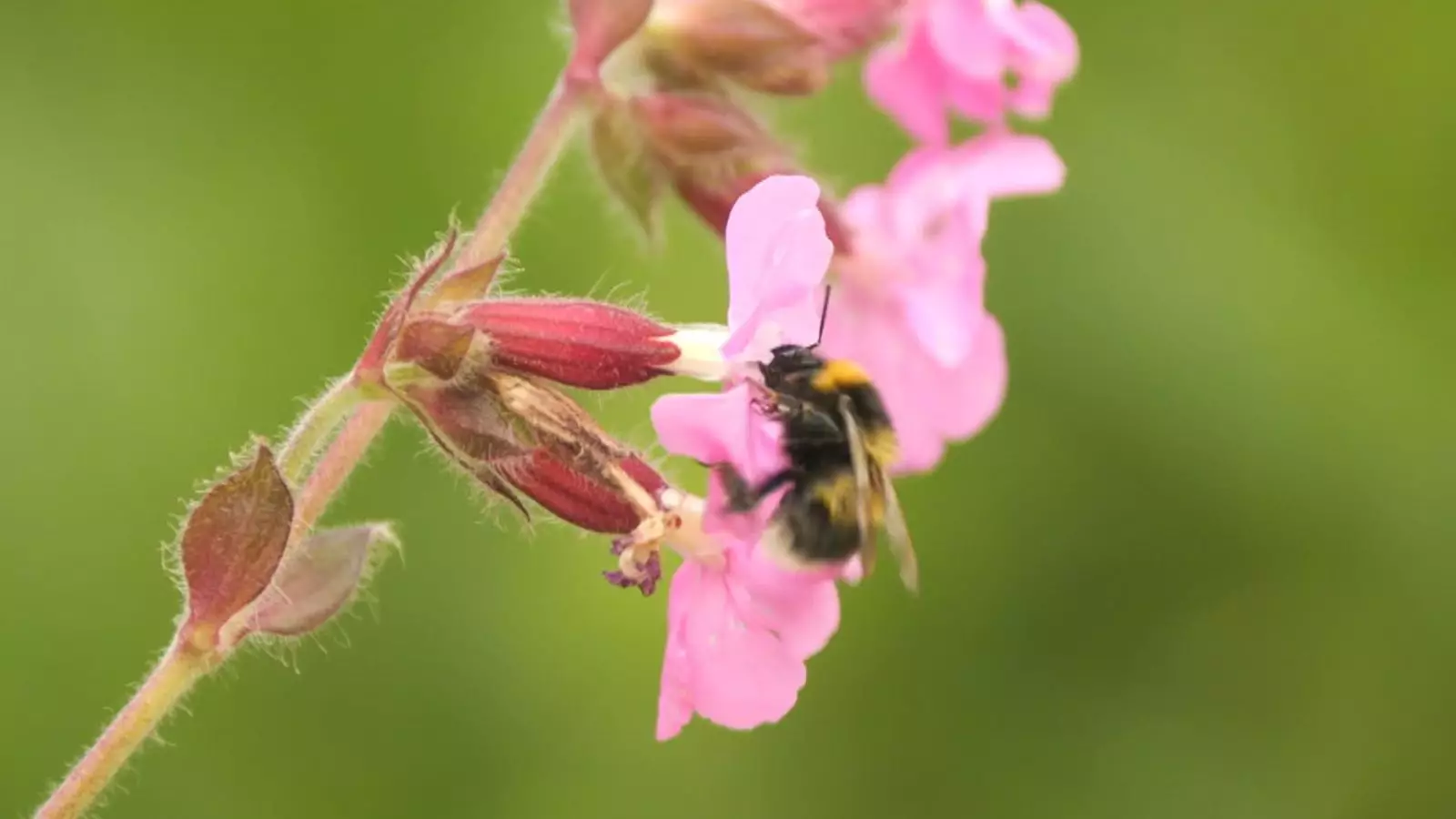The world is grappling with an alarming issue that is frequently overshadowed by more sensational news stories: the precipitous decline of bee populations. These vital pollinators play a critical role in maintaining biodiversity and supporting our agricultural systems. The facts are grim; there has been a staggering 60% reduction in flying insect populations in the UK over the last two decades. As scientists and environmentalists warn, this is not just a statistic—it represents a looming catastrophe for our ecosystems and food security. While many discussions focus on the impacts of habitat loss, climate change, and pesticide overuse, a troubling undercurrent persists: the lack of comprehensive global research aimed at mitigating these threats.
The implications of bee decline extend beyond mere numbers; they resonate through our food sources, affecting everything from fruits and vegetables to the stability of livestock production. In essence, when bees fade, so too does the vibrancy of our agricultural landscape. It’s imperative to address this crisis with urgency, yet there remains a conspicuous gap in the attention this issue receives on both a governmental and public level.
Innovative Solutions: Kew Gardens’ Pioneering Research
Amidst the bleak reality of declining bee populations, initiatives like those from Kew Gardens’ research team at Wakehurst offer a glimmer of hope. By harnessing advanced bio-acoustic sensors to study bee preferences for different tree species, this innovative program seeks to uncover which trees urban planners should prioritize to support bee populations. The potential of this research is profound. Urban landscapes, often viewed as concrete jungles, can be transformed into verdant havens for these essential creatures.
Dr. Janine Griffiths-Lee, a lead in the pollination research team, articulates a critical point: nearly 90% of flowering plants depend on pollinators, yet we continue to allow these populations to dwindle unchecked. The pursuit of understanding which trees most effectively support bees is not merely a scientific endeavor; it is a necessary evolution of urban design. It raises an imperative question: are we as a society prepared to embrace the fundamental shifts needed to reintroduce biodiversity into our cities?
Urban Planning: A Necessary Redesign
The notion of integrating bee-friendly trees into urban environments is a brilliant step towards resolving both biodiversity loss and urban isolation. With eight different species under investigation, including horse chestnut and lime trees, researchers are paving the way for a future where urban planners can make informed decisions. By planting trees that attract bees, not only do we provide food sources for pollinators, but we also enrich the ecology of our cities.
What is striking is how very little we have done up to this point. The concept of a “living laboratory,” as termed by Wakehurst’s director, Susan Raikes, should be the model for urban planners worldwide. We need bold frameworks that actively challenge the status quo and demand that cities become bastions of biodiversity. The stakes could not be higher, especially in the face of climate change, which presents both a challenge and an opportunity to rethink our relationship with the environment. As temperatures rise, importing species suited to a warmer climate will become increasingly vital for maintaining robust pollinator populations.
A Call for Collaboration and Action
However, these scientific advancements will fall short without widespread societal and governmental support. The urgency to act must translate to serious policy initiatives that prioritize environmental health alongside urban development. The idea of constructing bee-friendly cities should not be revolutionary; it should be standard practice. Local governments, urban planners, and communities need to unite and lobby for change—both to protect our pollinators and to ensure sustainable urban development.
With the twin crises of biodiversity loss and climate change advancing hand in hand, addressing the plight of bees is an issue that transcends science. It is a moral obligation—one that calls for collective action and the courage to challenge existing paradigms. From schools to local councils, awareness must be raised, and educational initiatives must be implemented, helping people understand their position within this critical ecological web.
This is our moment to champion a new age of urban landscapes, where cities breathe life and sustain both nature and human needs symbiotically. If we choose to embrace this pivotal opportunity, we can cultivate a future where bees thrive, ecosystems flourish, and humanity genuinely connects with the fabric of life around us.


Leave a Reply